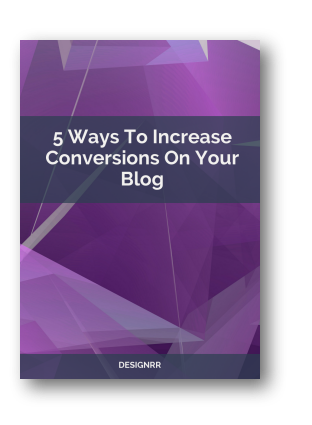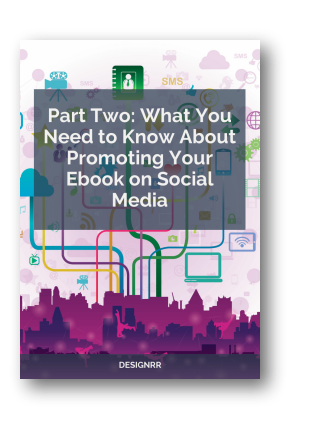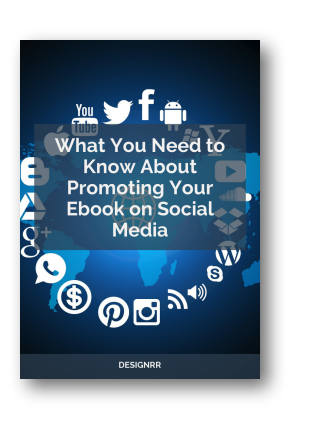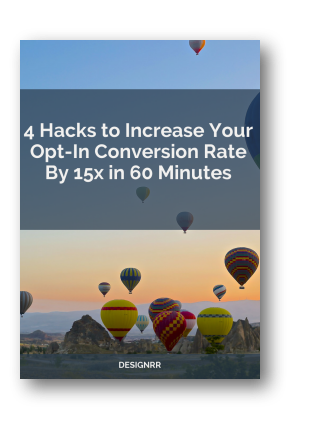Are you a marketing agency owner tired of watching potential clients slip through your fingers? Do you feel like your expertise isn’t getting the recognition it deserves? Imagine having a tool that not only showcases your knowledge but also pulls in high-quality leads like a magnet. That’s the power of a well-crafted whitepaper.
Standing out is more important than ever. Whitepapers can be your secret weapon, elevating your agency from “just another option” to “the go-to experts.” This isn’t about dry, boring documents; we’re talking about creating resources that your audience actually wants to read. Resources that answer their burning questions, solve their problems, and position your agency as the solution they’ve been searching for.
Intrigued? Let’s dive in and discover how to transform whitepapers into lead-generating machines for your agency.
What is a Whitepaper?
In simple terms, a whitepaper is an in-depth report that explores a specific topic relevant to your industry. It’s not a sales pitch; think of it as a valuable resource that educates and informs your audience.
Purpose of a Whitepaper

But here’s the kicker: whitepapers are much more than just informative documents. They are strategic tools that can:
- Thought Leadership: They position your agency as a thought leader in your field, building trust and credibility.
- Lead Generation: Whitepapers can be used to generate leads by offering valuable content in exchange for contact information.
- Problem-Solving: They address complex issues and showcase your agency’s problem-solving abilities.
- Showcasing Expertise: Whitepapers demonstrate your agency’s expertise in a particular niche or industry. They allow you to showcase your in-depth knowledge and understanding of complex topics.
- Educating Clients: Whitepapers can be used to educate potential and existing clients about new marketing strategies, technologies, or industry trends. This education helps clients make informed decisions and trust your agency’s recommendations.
- Building Trust: By providing well-researched and valuable insights in your whitepapers, you build trust with your audience. Trust is crucial for client relationships and long-term partnerships.
- Differentiation: Whitepapers can help your agency stand out in a crowded market. Unique and insightful whitepapers can differentiate your agency from competitors and position you as a go-to resource.
- Supporting Sales Efforts: Whitepapers can be used as sales collateral. Sales teams can share whitepapers with potential clients to demonstrate your agency’s knowledge and capabilities.
- Content Marketing: Whitepapers can be repurposed into various content types, such as blog posts, infographics, webinars, and videos, extending their reach and impact.
- Thoughtful Recommendations: Whitepapers often include recommendations or strategies for solving industry-specific challenges. These recommendations can lead to consulting opportunities or project contracts.
- Lead Nurturing: Whitepapers can be part of a lead nurturing strategy, where you provide valuable content to leads at different stages of the buying journey to guide them toward conversion.
- Establishing Trends: Your whitepapers can help your agency establish or contribute to industry trends, further solidifying your position as an industry leader.
Types of Whitepapers
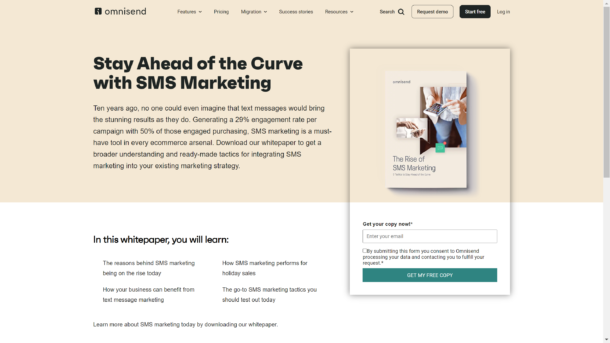
Just like a well-tailored outfit, the right type of whitepaper can make all the difference in achieving your marketing goals. There’s a whole spectrum of whitepaper styles, each with its own strengths and ideal use cases:
- Educational Whitepapers: Inform and educate your audience about marketing topics or trends, providing valuable insights.
- Case Study Whitepapers: Showcase your agency’s successes, detailing challenges, strategies, and results.
- Industry Report Whitepapers: Analyze industry trends, offering actionable insights and recommendations.
- Best Practice Whitepapers: These whitepapers provide a comprehensive guide to best practices within a specific marketing discipline. For example, you might create a best practice whitepaper on effective email marketing strategies or social media advertising tactics.
- Benchmarking Whitepapers: Benchmarking whitepapers compare your agency’s performance or strategies to industry standards or competitors. These documents can highlight where your agency excels and where improvements can be made.
- Technical Whitepapers: Technical whitepapers dive deep into complex marketing topics, explaining advanced techniques, tools, or technologies. They are ideal for showcasing your agency’s technical expertise.
- Product or Service Whitepapers: If your agency offers proprietary tools, software, or services, create whitepapers that detail the features, benefits, and value they provide to clients.
- Trend Analysis Whitepapers: Analyze emerging trends within the marketing industry and provide insights into how these trends can impact businesses. This type of whitepaper demonstrates your agency’s forward-thinking approach.
- Research Whitepapers: Conduct original research on marketing-related topics and publish the findings in a whitepaper. Research-backed insights can greatly enhance your agency’s credibility.
- Collaborative Whitepapers: Partner with other industry experts, influencers, or organizations to co-author whitepapers. Collaborative efforts can expand your reach and credibility.
- Comparison Whitepapers: Compare different marketing strategies, tools, or platforms, providing pros and cons for each. This helps clients make informed decisions about their marketing choices.
- Customer Success Whitepapers: Showcase success stories of your agency’s clients. Detail the challenges they faced, the strategies your agency implemented, and the results achieved.
- Predictive Whitepapers: Share your agency’s predictions about the future of marketing, backed by industry insights and analysis. These whitepapers can position your agency as a forward-thinking leader.
- ROI and Measurement Whitepapers: Explain how to measure the return on investment (ROI) for various marketing strategies. Offer insights into tracking and analyzing campaign performance.
How to Choose the Right Whitepaper for Your Marketing Goals & Audience
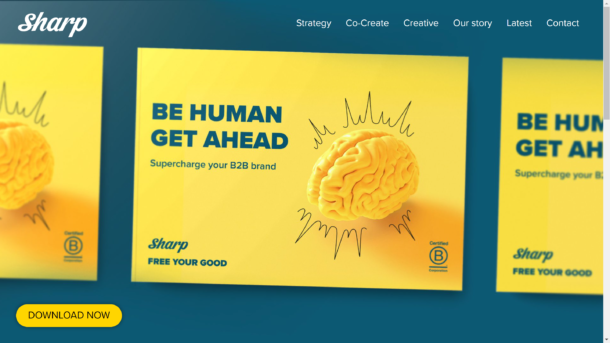
Remember, your whitepaper isn’t for everyone. It’s for your ideal clients. Consider their level of knowledge, pain points, and interests when choosing your topic and format.
For example, if you’re targeting small business owners who are new to marketing, a highly technical whitepaper might overwhelm them. Instead, focus on practical tips and easy-to-understand explanations.
On the other hand, if you’re aiming for C-suite executives, you’ll need a more sophisticated approach. Dive deep into the data, offer strategic insights, and speak their language.
The key is to tailor your whitepaper to your audience so that it speaks directly to their needs and interests. This will increase engagement, lead generation, and ultimately, client acquisition.
Ready to identify your ideal client and choose a whitepaper topic that will make them say, “Wow, this agency gets me”?
Step 1: Zeroing In: Identifying Your Ideal Client and Picking a Winning Topic
Before you start writing, it’s crucial to get crystal clear on who you’re writing for and what they want to read about. This two-step process will ensure your whitepaper hits the mark and delivers maximum impact.
1. Know Your Ideal Client Inside Out
Imagine your dream client. What are their pain points? What keeps them up at night? What are their goals and aspirations?
To create a whitepaper that truly resonates, you need to understand your ideal client on a deeper level. Go beyond basic demographics and delve into their psychographics – their values, beliefs, and motivations.
Here are a few ways to get inside their heads:
- Talk to Your Current Clients: Ask them about their challenges, what kind of information they’re looking for, and what would make their lives easier.
- Conduct Market Research: Look at industry trends, surveys, and competitor analysis to gain insights into your target audience’s needs and preferences.
- Create Buyer Personas: Develop detailed profiles of your ideal clients, including their job titles, industries, goals, challenges, and preferred communication channels.
2: Choose a Topic That Makes Them Say “Aha!”
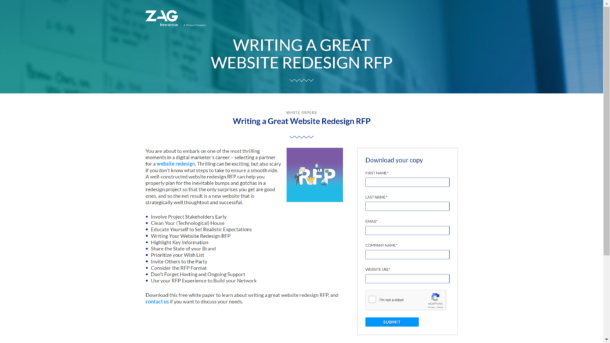
Now that you know your ideal client inside out, it’s time to choose a topic that speaks directly to their needs and interests. Here’s how to find that sweet spot:
- Solve Their Problems: Identify the biggest challenges your ideal clients face and offer solutions in your whitepaper.
- Address Their Pain Points: Talk about the specific issues that keep them up at night and present your agency as the answer to their prayers.
- Tap into Their Aspirations: Show them how your expertise can help them achieve their goals and reach new heights.
Remember, your whitepaper should be a valuable resource, not a sales pitch. Focus on providing helpful information and insights that your ideal clients will find truly useful.
Pro Tip: Brainstorm a list of potential topics and then narrow it down based on relevance, expertise, and audience interest. You can even survey your existing clients or email list to see what topics they’d be most interested in reading about.
Step 2: Structuring Your Whitepaper: Building a Solid Framework
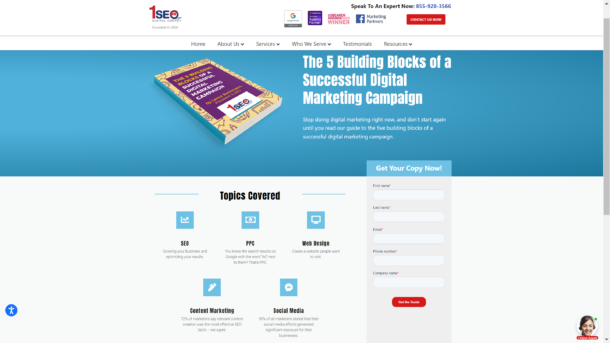
Think of your whitepaper as a well-designed house. It needs a solid foundation, a clear layout, and a welcoming entrance that draws readers in. This is where structuring comes into play. It’s about organizing your content in a way that is logical, easy to follow, and keeps your audience engaged from start to finish.
The Essential Elements of a Whitepaper Structure:
Introduction:
-
Hook: Grab their attention from the get-go with a captivating hook. This could be:
- A Startling Statistic: “84% of consumers trust online reviews as much as personal recommendations.” (Source: Inc. Magazine)
- A Provocative Question: “Are you leaving thousands of dollars on the table by neglecting TikTok advertising?”
- A Compelling Anecdote: “A local vegan restaurant saw a 300% increase in online orders after implementing a user-generated content campaign on Instagram.”
-
Problem Statement: Clearly state the issue or challenge your whitepaper will address. For example, “Many small businesses struggle to create engaging social media content that drives results.”
-
Purpose and Benefits: Briefly describe what the whitepaper will cover and how it will help the reader. “This whitepaper will outline proven strategies for creating social media content that boosts engagement, drives traffic, and increases sales.”
Background/Context:
-
Historical Overview: If relevant, provide a brief history of the topic. For example, in a whitepaper about influencer marketing, you could discuss the rise of social media influencers and their growing impact on consumer behavior.
-
Current Landscape: Describe the current state of affairs, including recent developments, challenges, and opportunities. For instance, in a whitepaper about SEO, you could discuss the latest Google algorithm updates and their impact on search rankings.
-
Relevance to the Audience: Connect the dots between the background information and your reader’s specific needs and interests. Explain why this topic is important to them. For example, “Understanding the latest SEO trends is crucial for small businesses to remain competitive in the digital marketplace.”
Main Content:
-
Logical Subsections: Divide this section into logical subsections, each focusing on a specific aspect of the topic. Use clear headings and subheadings. For example, a whitepaper on email marketing could have subsections on list building, email design, and automation.
-
In-Depth Information: Within each subsection, provide detailed information, using data, examples, and expert opinions to support your points. For instance, in a subsection on email design, you could share statistics on open rates and click-through rates for different types of emails.
Conclusion:
-
Key Takeaways: Summarize the most important points from your whitepaper. For example, “By following these five email marketing best practices, you can increase your open rates by 20% and your click-through rates by 10%.”
-
Reiterate Relevance: Remind the reader why this topic is important to them. For instance, “Investing in email marketing is a proven way to generate leads, nurture customer relationships, and drive sales.”
-
Call to Action (CTA): End with a clear and compelling CTA. “Ready to take your email marketing to the next level? Contact us today for a free consultation.”
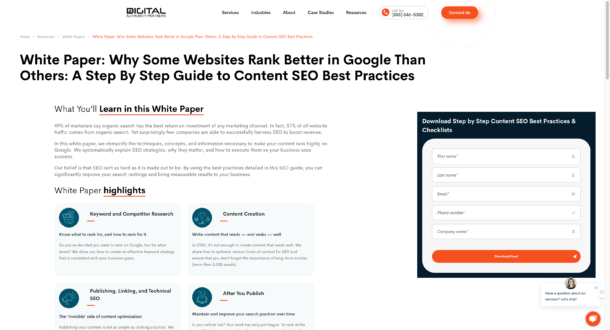
Step 3: Crafting Compelling Content That Captivates Your Audience
With your whitepaper’s structure in place, it’s time to breathe life into it with content that not only informs but also captivates your readers. Here’s how to create content that keeps them hooked from start to finish:
1. Know Your Stuff (And Show It):
-
Dive Deep: Thoroughly research your chosen topic. Go beyond surface-level information and uncover unique insights, statistics, case studies, and expert opinions that will add depth and credibility to your whitepaper.
-
Be Original: Don’t just rehash what’s already out there. Offer fresh perspectives, original analysis, and a unique take on the topic. Your audience is seeking valuable insights they can’t find elsewhere.
-
Organize Your Thoughts: Create a detailed outline for each section of your whitepaper. This will help you stay focused and ensure a logical flow of information.
2. Write Like a Human (Not a Robot):
-
Use Clear, Concise Language: Avoid jargon and technical terms that your audience might not understand. Write in a conversational style, as if you’re having a one-on-one conversation with your ideal client.
-
Tell Stories: People connect with stories. Share real-life examples, case studies, or personal anecdotes that illustrate your points and make your content more relatable. For example, if your whitepaper is about social media marketing, you could share a story about how a client achieved amazing results with a specific campaign.
-
Break Up the Text: Use headings, subheadings, bullet points, and images to make your whitepaper easy to scan and digest. No one wants to read a wall of text!
-
Inject Some Personality: Let your agency’s voice shine through in your writing. Don’t be afraid to show some humor or personality, as long as it’s appropriate for your audience and brand.
3. Create a Compelling Narrative:
-
Start Strong: Your introduction should hook the reader and make them want to keep reading. Consider opening with a question that piques their curiosity or a bold statement that challenges their assumptions.
-
Build Momentum: Each section should flow seamlessly into the next, creating a cohesive and engaging narrative. Use transitions to guide your reader from one point to the next.
-
End with a Bang: Your conclusion should leave a lasting impression and motivate the reader to take action. Summarize your key points, reiterate the value your agency offers, and include a strong call to action.
Additional Tips for Crafting Killer Content:
-
Use Strong Verbs: Active verbs make your writing more dynamic and engaging. Instead of “The marketing campaign was launched,” say “We launched a targeted marketing campaign that generated a 200% increase in website traffic.”
-
Vary Your Sentence Structure: A mix of short and long sentences keeps your writing interesting and prevents monotony.
-
Get Feedback: Ask colleagues, friends, or even clients to review your draft and provide feedback. A fresh pair of eyes can catch errors and offer valuable insights.
Step 4: Refining Your Whitepaper: Editing and Proofreading for Perfection
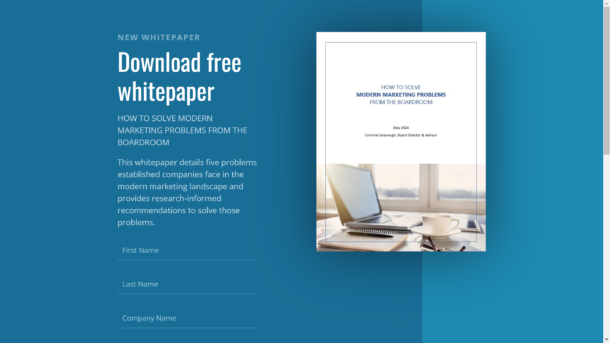
Think of this step as the quality control check before your whitepaper goes out into the world. Even the most brilliant ideas can be overshadowed by typos, grammatical errors, or inconsistencies. Taking the time to meticulously edit and proofread your whitepaper ensures it’s polished, professional, and ready to impress your audience.
Editing for Clarity and Impact:
-
Review the Structure: Ensure that your whitepaper flows logically from one section to the next. Does the introduction hook the reader? Does the background information provide sufficient context? Does the main content deliver on its promises? Does the conclusion leave a lasting impression?
-
Check for Clarity: Read each sentence carefully. Are your ideas expressed clearly and concisely? Avoid jargon, buzzwords, and overly complex sentences. Your goal is to make complex ideas easy to understand for your target audience.
-
Refine the Language: Polish your writing to ensure it’s engaging and impactful. Use strong verbs, vary your sentence structure, and eliminate unnecessary words or phrases. Aim for a conversational tone that resonates with your audience.
Proofreading for Accuracy and Consistency:
-
Grammar and Spelling: Thoroughly check for any grammatical errors or spelling mistakes. These can undermine your credibility and distract from your message.
-
Consistency in Style: Ensure consistency in formatting, font usage, and the style of headings and subheadings. If you’re using bullet points or numbered lists, make sure they’re formatted consistently throughout the document.
-
Fact-Checking: Double-check all the data, statistics, and references used in your whitepaper. Ensure that the information is accurate and up-to-date.
Tools and Tips for Effective Editing and Proofreading:
- Read Aloud: This can help you catch awkward phrasing or sentences that don’t flow smoothly.
- Take a Break: Step away from your whitepaper for a while and come back to it with fresh eyes. You’ll be more likely to spot errors or areas that need improvement.
- Get Feedback: Ask a colleague, friend, or professional editor to review your whitepaper. A fresh perspective can be invaluable.
- Use Editing Tools: Consider using online tools like Grammarly or ProWritingAid to help you catch errors and improve your writing.
Read our article on Proofreading tips and techniques
Step 5: Designing and Formatting: Making a Visual Impact

A well-designed whitepaper is more than just words on a page; it’s a visual experience that can captivate your audience and leave a lasting impression. Think of it as the packaging that wraps your valuable content. A visually appealing whitepaper not only looks professional but also makes the information more accessible and engaging for your readers.
Choosing the Right Design Elements:
-
Template: Don’t start from scratch! Use a template that aligns with your brand’s aesthetic and the tone of your content. Whether it’s a minimalist, modern design or a more vibrant and creative layout, choose a template that reflects your agency’s personality.
-
Colors and Fonts: Select a color palette that’s easy on the eyes and complements your brand colors. Choose fonts that are clear, legible, and appropriate for the professional tone of a whitepaper. Avoid using too many different fonts or overly decorative ones.
-
Visuals: Incorporate relevant visuals like charts, graphs, infographics, and images to break up the text and illustrate your points. Visuals not only make your whitepaper more visually appealing but also help your audience better understand complex data or concepts.
Formatting for Readability:
-
Headings and Subheadings: Use clear, descriptive headings and subheadings to organize your content and guide your reader through the document. Make sure they are formatted consistently in terms of size, font, and style.
-
White Space: Don’t cram your pages with text. Leave plenty of white space to give your readers’ eyes a break and make the content easier to digest.
-
Lists and Bullet Points: Use lists and bullet points to present information concisely and clearly. This is especially helpful for outlining steps, tips, or key takeaways.
Finalizing the Layout:
-
Page Layout: Pay attention to the overall layout of each page. Balance text and visuals to create pages that are visually appealing and easy to navigate.
-
Flow of Content: Ensure that the overall layout follows a logical flow, guiding the reader smoothly from one section to the next.
Technical Considerations:
-
File Format: Save your whitepaper as a PDF, which is a universally accessible format that preserves your design across different devices and platforms.
-
Optimization for Different Devices: Make sure your whitepaper is optimized for viewing on different screen sizes, including desktops, tablets, and smartphones. This ensures a seamless reading experience for your audience, no matter what device they’re using.
How to Use Designrr.io to Create Your Whitepaper
Using the content provided from Designrr.io as a guide, let’s adapt those steps specifically for creating a whitepaper. The process is similar in many ways but tailored to the nuances of whitepaper creation.
Step 1: Selecting Whitepaper Creation Software
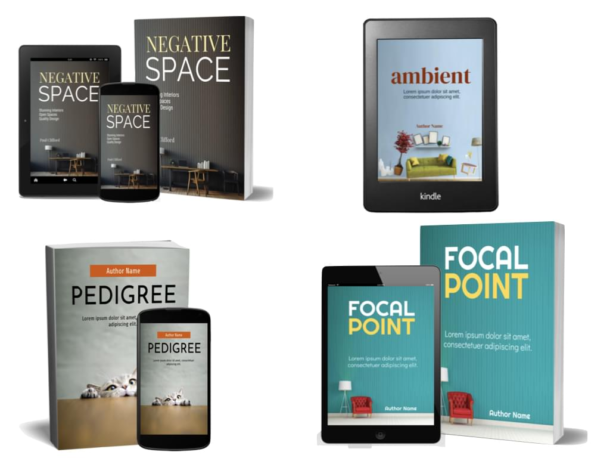
Just like choosing software for eBook creation, the right tool for crafting a whitepaper is vital. Here are features to consider:
- Seamless Content Import: Opt for whitepaper design software that allows easy import of content, whether it’s from a Word document, HTML, or a URL. This facilitates the process, especially when repurposing existing content.
- Professional Design Templates: Unlike eBooks, whitepapers often require a more professional, minimalistic design. Choose software with templates that are sleek and business-appropriate, yet customizable to align with your branding.
- Considerations for Design:
- Use brand-consistent colors for a cohesive look.
- Add visuals like graphs and charts that enhance comprehension of complex data or concepts.
- Editing Tools: Ensure the software allows for easy editing and rearranging of content. The ability to add calls to action or integrate multimedia elements can be particularly useful.
- Export in Multiple Formats: The ability to export your whitepaper in various formats (like PDF, HTML, etc.) ensures accessibility for a diverse audience.
Step 2: Creating Your Whitepaper
- Import the Content: Start by naming your whitepaper and deciding on the method of content import. The ability to import content directly from a blog post or existing document can streamline the process.
- Choose a Design Template: Select a template from the options available. For whitepapers, simpler designs often work best. Preview the templates to see how they will look in different formats.
- Tweak Your Design: Customize the design in the builder. Tasks might include:
- Adding your company or author name.
- Editing headers and footers.
- Incorporating relevant images or removing unnecessary ones.
- To edit any element, click on it directly. Use the sidebar menu for adding new elements.
- Export Your Whitepaper: Once finalized, export the whitepaper in the chosen format. The flexibility to re-edit and re-export as needed is crucial.
Bonus: With Designrr.io and Word Genie, it’s simple to have AI generate an outline of your whitepaper and write the entire whitepaper for you. All you need is an idea, and the target audience, and let it generate an outline and the entire ebook in just a few clicks.
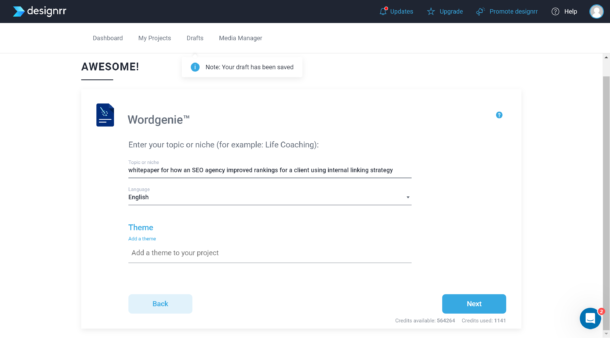
From there, it will create an outline of what should be discussed:
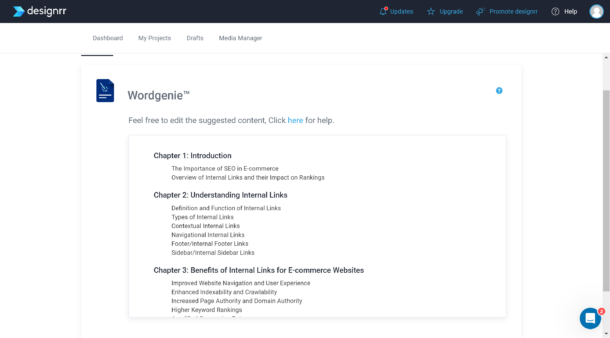
Once all the article is written, you can format them to fit your brand and message with many templates to choose from and the amount of customization to fit your needs and to help resonate with your audience:
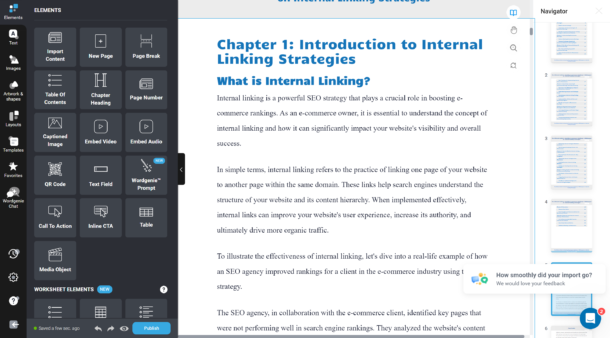
Need more? You can even ask Wordgenie for more insight or elaborate more on a certain topic. Better yet, use your own words and experience and let Wordgenie make it sound better:
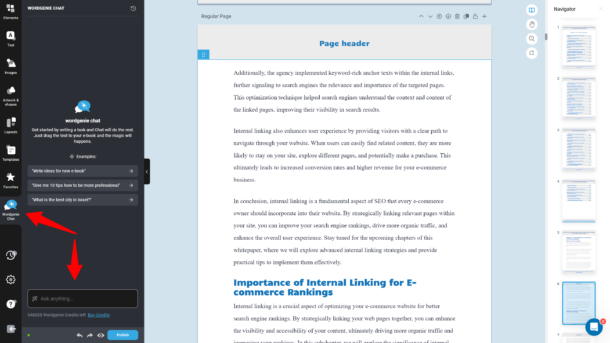
You can also create a live ebook for online sharing, instead of a PDF format.
Conclusion
Remember that creating a whitepaper is more than just putting words on a page; it’s about weaving a narrative that educates, engages, and motivates your audience. From understanding who you’re writing for and selecting a topic that resonates, to structuring your content and crafting a narrative that flows, every step is integral to the success of your whitepaper.
Using tools like Designrr.io can elevate this process, transforming your well-crafted content into visually stunning and accessible formats, and extending your service offerings to include lead-generating assets for your clients.
Create your agency’s whitepaper and differentiate your agency from the crowd! Check out Designrr’s special offer today.

